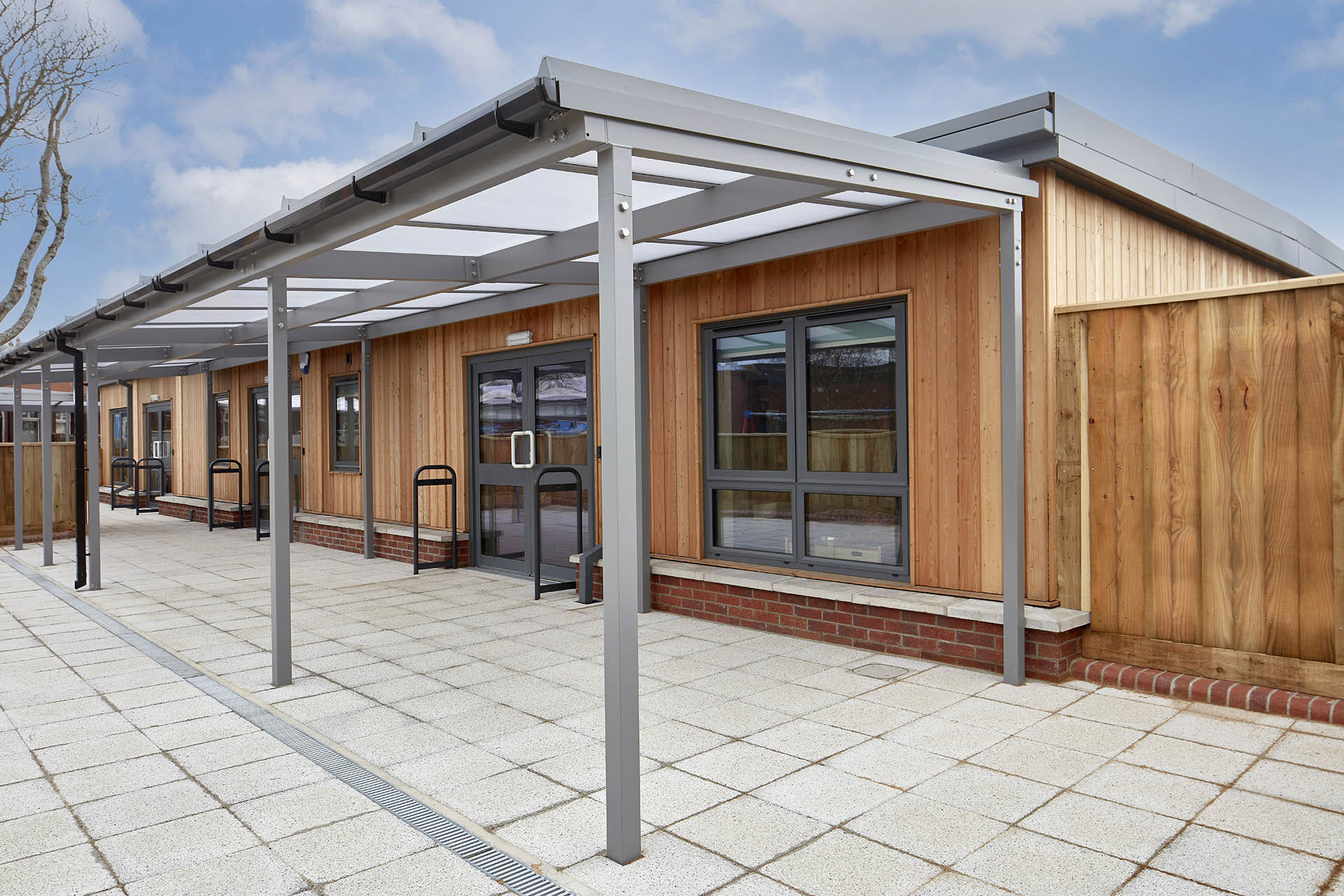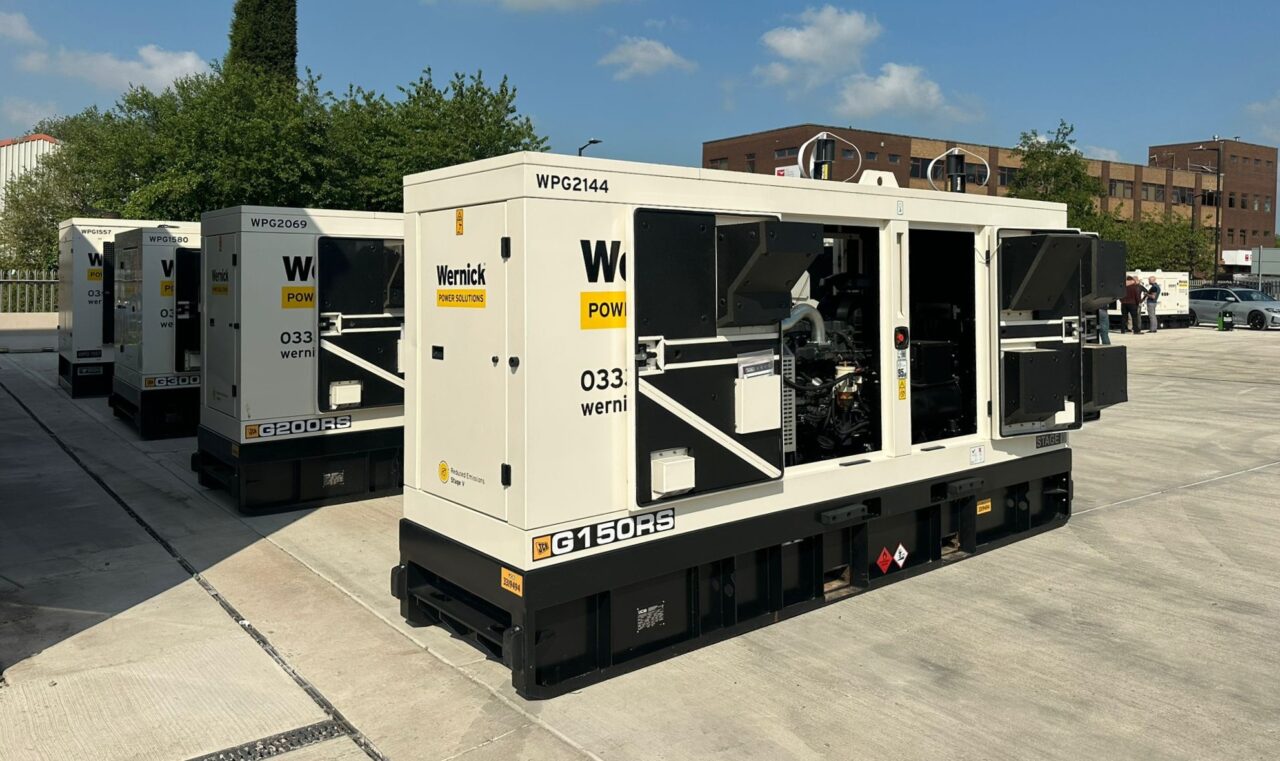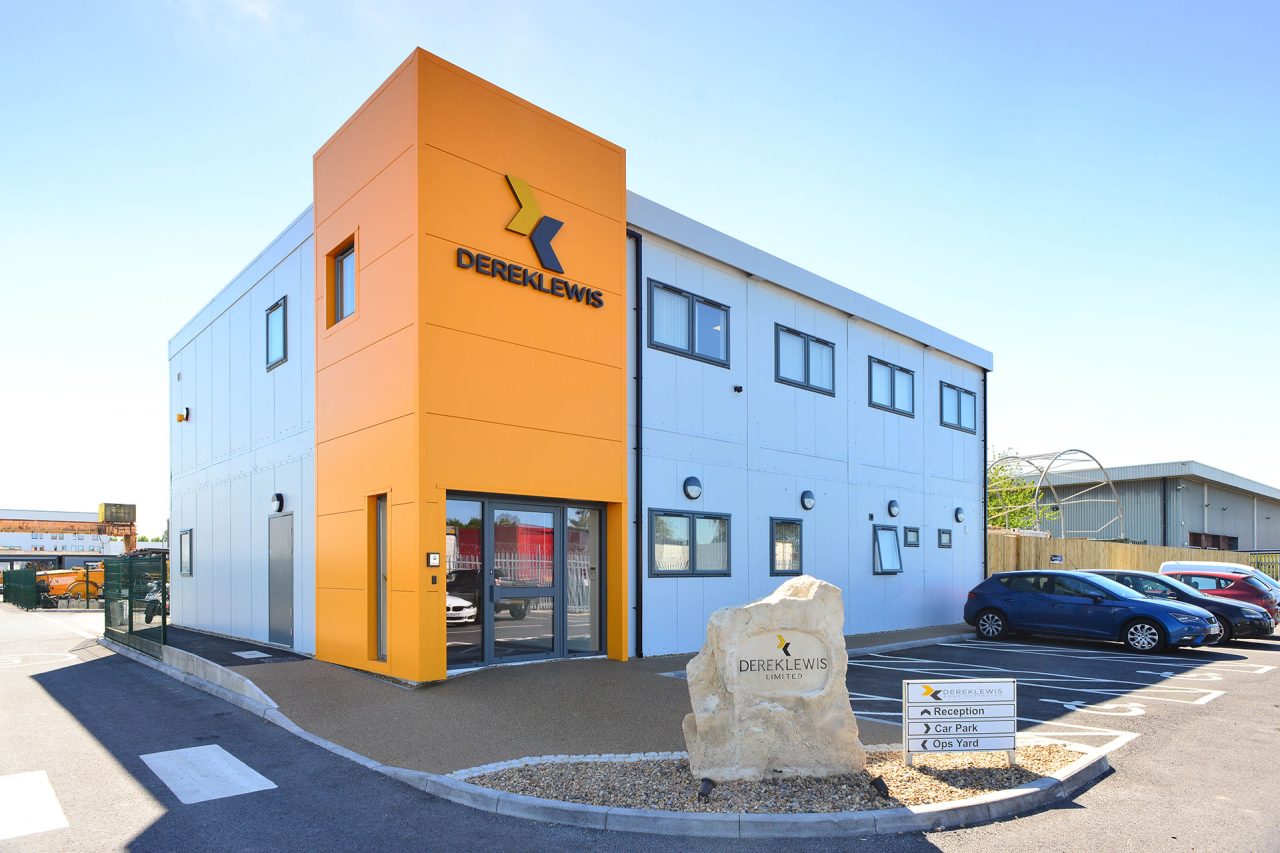How modular buildings help schools meet BB103 and BB104 standards

When planning or expanding a school estate, meeting Department for Education (DfE) guidelines is essential to ensure spaces are safe, inclusive, and fit for purpose. Two of the most important documents in this area are BB103 and BB104, which provide area guidelines for mainstream and SEND (Special Educational Needs and Disabilities) schools.
What are BB103 and BB104?
BB103: Area guidelines for mainstream schools
- Focuses on pupils aged 3–19 in mainstream settings.
- Provides area recommendations for teaching, support, and specialist spaces.
- Includes a schedule of accommodation tool to help schools plan effectively.
BB104: Area guidelines for SEND and alternative provision
- Covers SEND schools, alternative provision (such as pupil referral units), and specially resourced provisions.
- Supersedes older guidance (BB102), placing greater emphasis on flexibility.
- Recommends one hygiene room for every 12 non-ambulant pupils, with additional tailored requirements for accessibility.
- Provides guidance not only for classrooms but also for therapeutic, sensory, and outdoor learning spaces.
Key differences between BB103 and BB104
While both BB103 and BB104 provide guidance for designing inclusive school buildings, their focus and requirements differ significantly, reflecting the varying needs of mainstream and SEND education settings.
BB103 is aimed at mainstream schools for pupils aged 3–19, offering standardised area guidelines that support typical teaching and learning environments. It provides clear recommendations on the minimum space allocations for classrooms, support areas, and specialist facilities. Importantly, it also requires at least one accessible hygiene room per school, equipped to meet general inclusion and accessibility needs. These guidelines help ensure schools are functional, efficient, and suitable for delivering the national curriculum in a safe and inclusive way.
In contrast, BB104 is designed for SEND schools and alternative provision settings, where pupils often have more complex and diverse requirements. Rather than offering a one-size-fits-all approach, BB104 provides tailored design guidance that is adaptable to the wide variety of needs found across SEND environments. It places a stronger emphasis on accessibility and specialist provision, such as incorporating sensory spaces, therapeutic areas, and equipment like hoists and changing facilities. Hygiene room requirements are also more prescriptive, with guidance recommending one hygiene room per 12 non-ambulant pupils.
Flexibility is central to BB104, as SEND and alternative provision schools must be designed to adapt to individual learning and care plans, supporting a much broader range of physical, sensory, and cognitive needs than mainstream schools.
How modular buildings support BB103 and BB104
At Wernick, we specialise in delivering permanent modular solutions that can be designed to fully meet the requirements of BB103 and BB104. Modular construction offers a number of advantages:
- Faster delivery – Modules are manufactured off-site while groundwork takes place, reducing programme time and on-site disruption.
- Precision and compliance – Our designs can incorporate all BB103/BB104 specifications, from hygiene rooms to accessible layouts.
- Flexibility – Modular units can be reconfigured or expanded as pupil numbers and requirements evolve.
- Sustainability – With reduced waste, lower emissions, and the ability to integrate renewable technologies, modular buildings support schools’ environmental goals.
- Cost-effectiveness – Standardised processes allow us to deliver high-quality, regulation-compliant facilities within budget.
Whether it’s a new hygiene room, a dedicated SEND facility, or an entire school block, modular construction provides schools with the speed, adaptability, and compliance needed to meet today’s challenges, and tomorrow’s.































